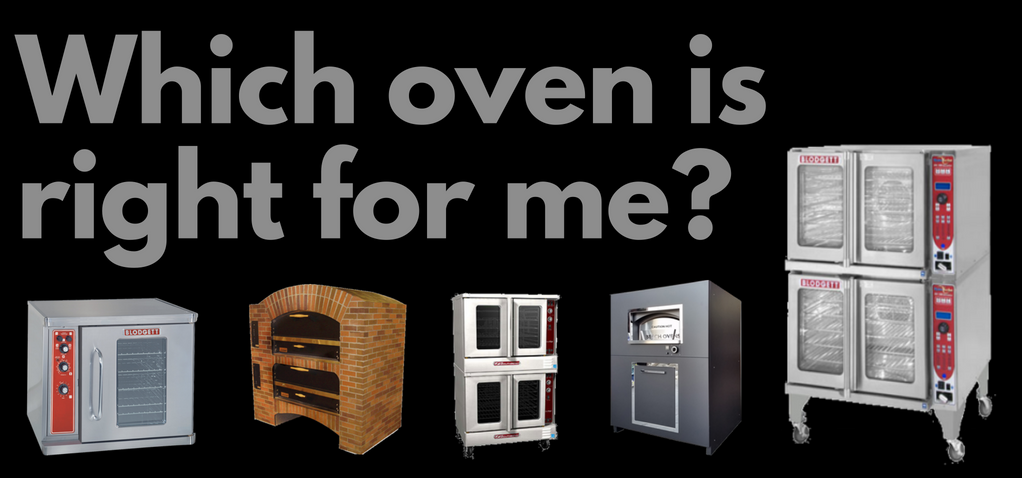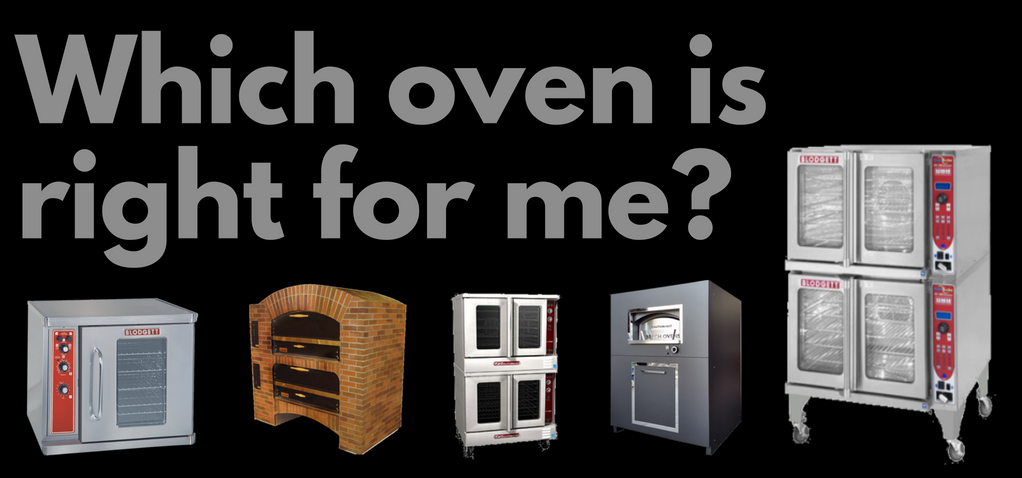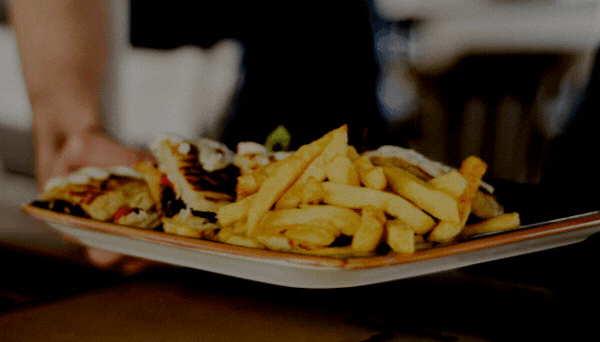The Complete Guide to Ovens for Florida Restaurants

Whether you're opening up a new restaurant in Florida, or it's time for an upgrade, one of the biggest pieces of equipment you'll want to do your research on is the oven. There are many different options, and it's not a one-size-fits-all piece of equipment. We'll get you up to speed quickly in this handy guide about the differences between some common types of ovens.
When it comes to determining the differences between combi ovens, convection ovens, hydrovection ovens, and deck ovens, it really all boils down to the way heat is transferred. We'll dive into the type of heat transfer used in each oven and which applications they best serve.
Let's take a few minutes to define each of them.
COMBI
A combi oven, short for combination oven, can function as a convection oven, and as a steamer. Combi ovens can be programmed with various recipes and can utilize different phases of convection, steam, and a combination of both for a variety of applications. Combi ovens are great for baking, roasting, steaming, retherming, proofing, and can even be used for sous vide and more.
HYDROVECTION
A hydrovection oven utilizes both steam and heat. Like a combi oven, the hydrovection can also be used for a myriad of applications, including baking, roasting, retherming, oven frying, poaching, grilling, toasting, searing, smoking, and more. The main difference between a hydrovection oven and a typical combi oven is that the hydrovection oven does not do bulk steaming.
If you don't need to bulk steam, or you already have a dedicated steamer, then a hydrovection oven is a more economical choice for your operation.
[SEE ALSO: WHAT IS A HYDROVECTION OVEN?]
CONVECTION
A convection circulates dry heat and is known for cooking foods evenly and consistently. Convection ovens also cook faster than traditional ovens. Roll-in convection ovens allow you to prepare entire racks of food at the same time, which is perfect for schools, banquet halls, and any venue needing to cook a lot of food simultaneously.
DECK/PIZZA OVENS
Deck ovens use conduction heat. When deck ovens are pre-heated, the "deck" or hot stone or brick is heated so that when the product is added to the oven, the heat transfers evenly from the stone to the product being baked.
And when it comes to pizza shops and Italian restaurants serving pizza as a specialty, ovens made specifically for this mouth-watering creation are the way to go. Whether you prefer a brick oven, a stainless steel oven, or an "old-world" style oven, deck ovens will give your pie an even cooking temperature without the need to rotate your pies during the cooking process.
And as anyone who has ever worked in a pizza store knows, a hands off approach during the cooking process allows you to focus on customers and filling orders, rather than checking on the oven every few minutes.
[SEE ALSO: WHAT TO LOOK FOR IN A STONE HEARTH PIZZA OVEN]
Bakeries can also benefit from deck ovens. Products like cookies and crusty breads benefit from the heat transfer found in deck ovens as well.
In sum, one type of oven isn't always a better choice than the other. It really comes down to what foods you are creating, and what oven will create them at the highest quality.
To find out what oven is best for your Florida foodservice operation, request a free equipment assessment from us today!




